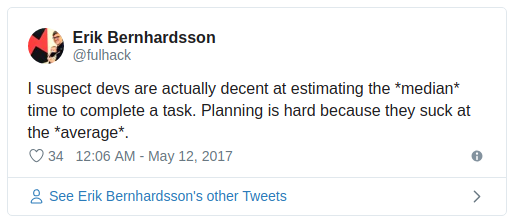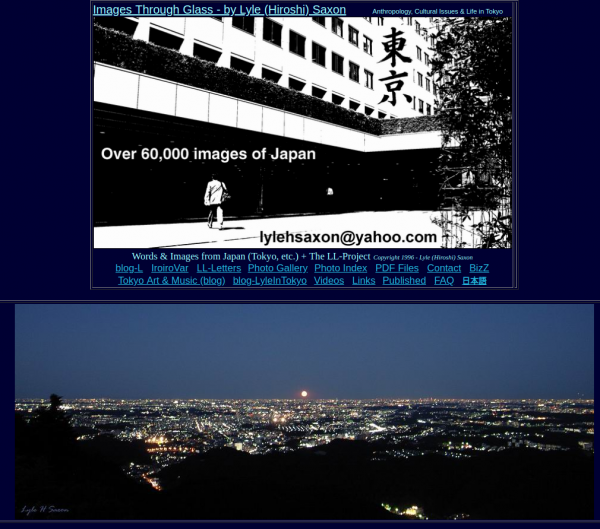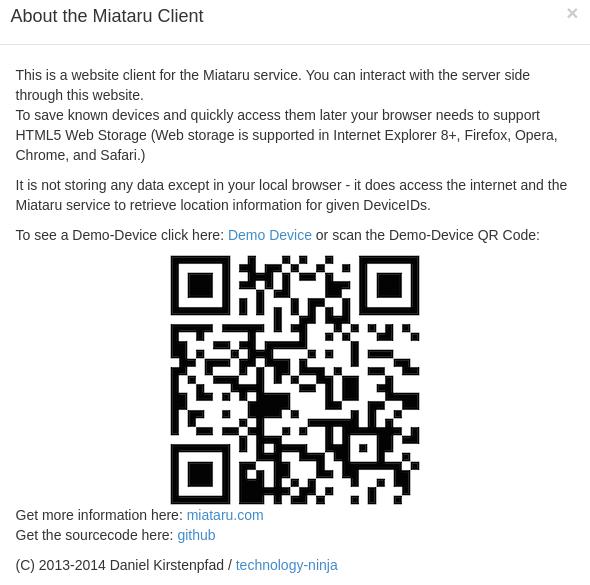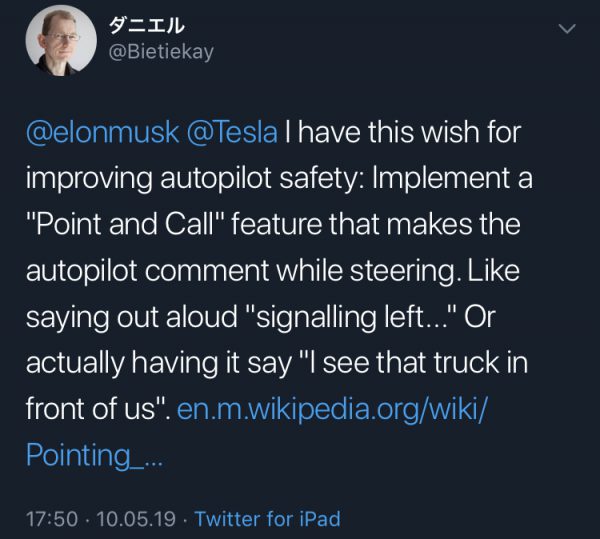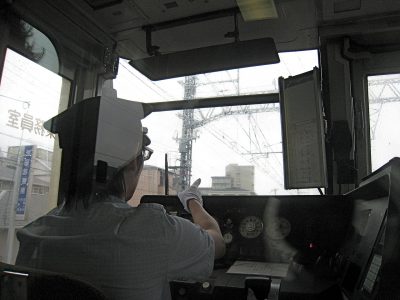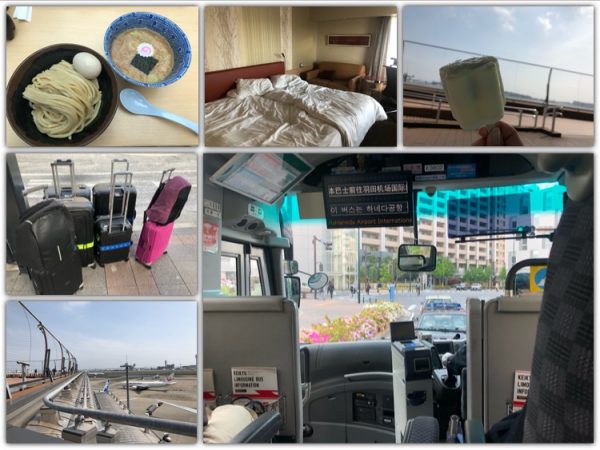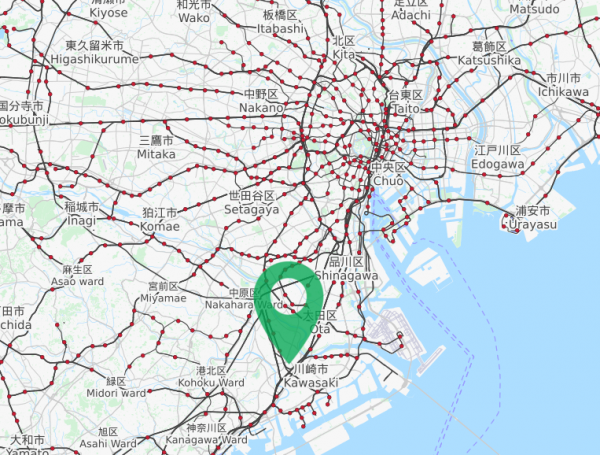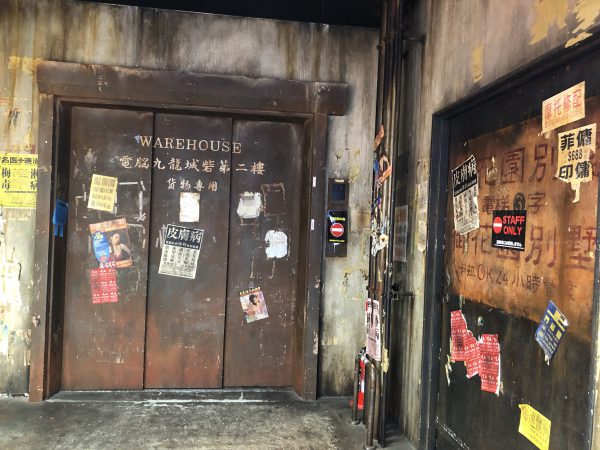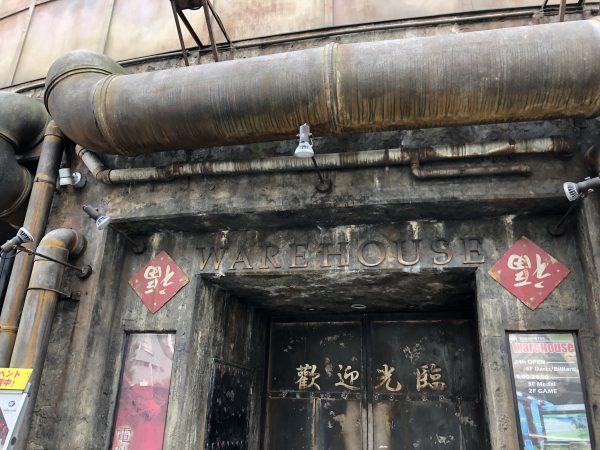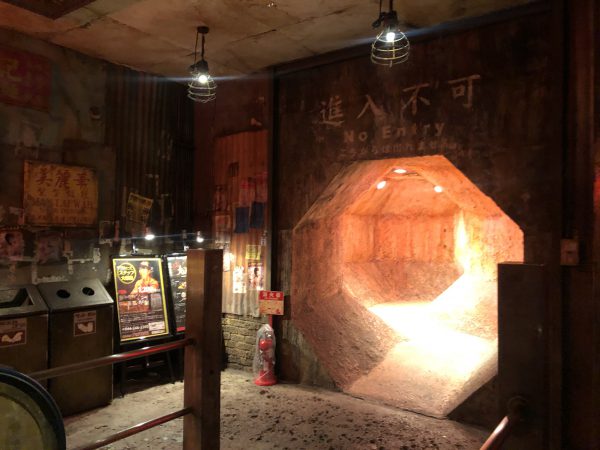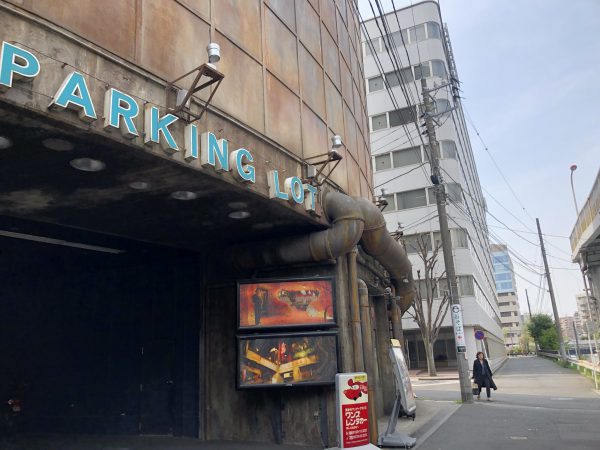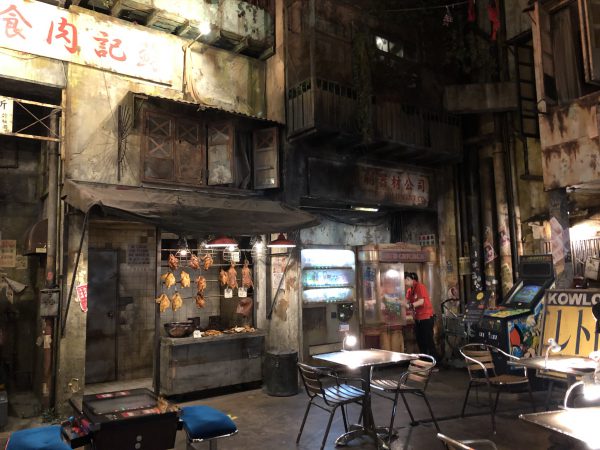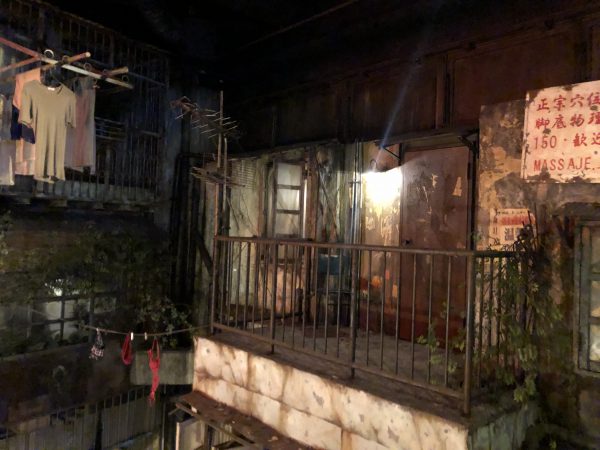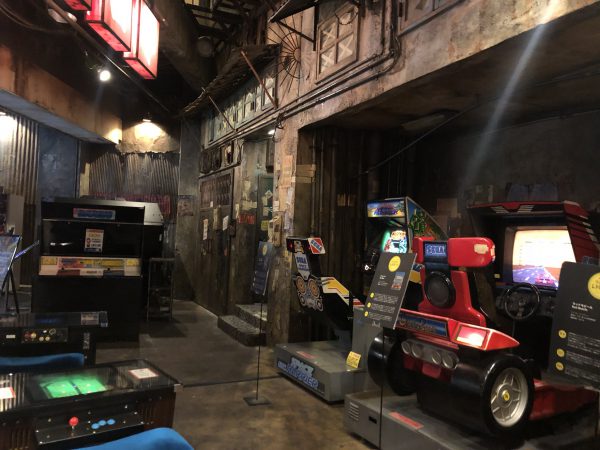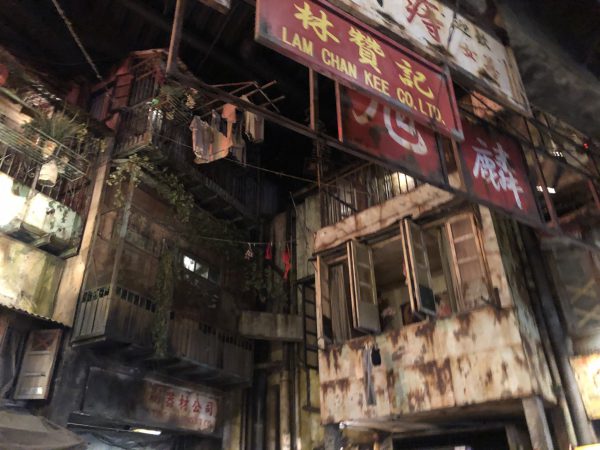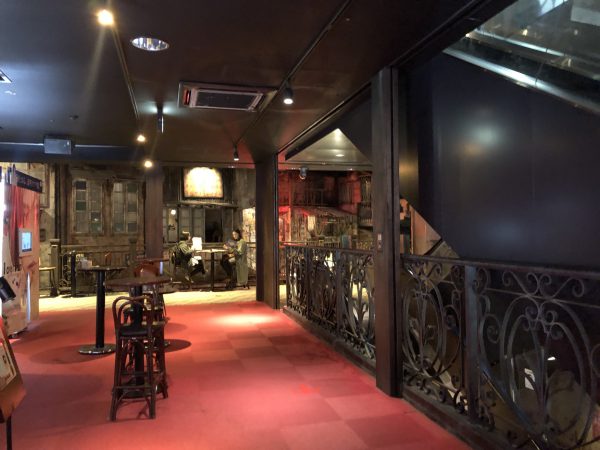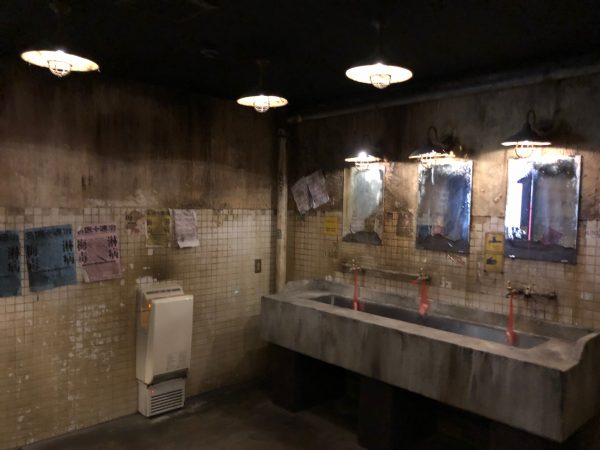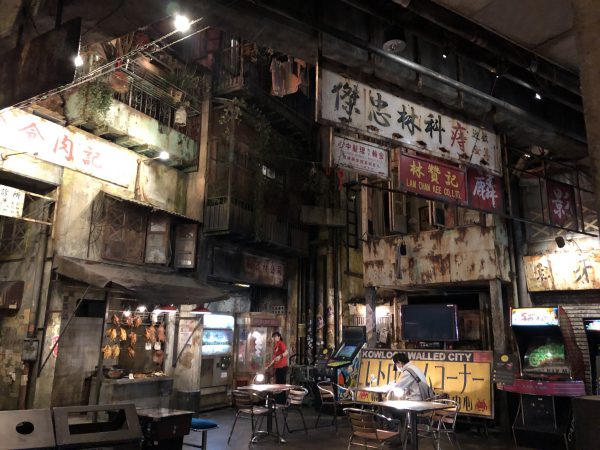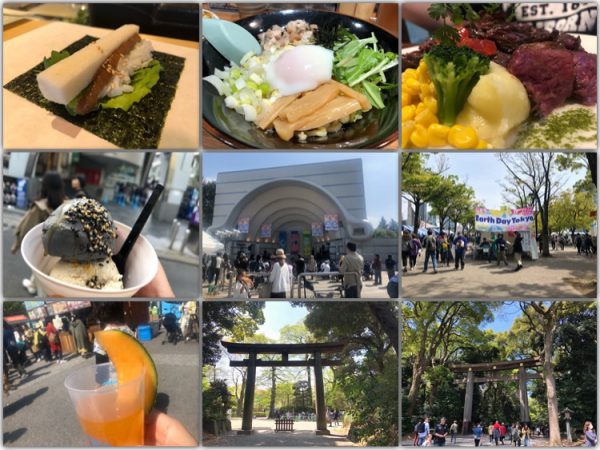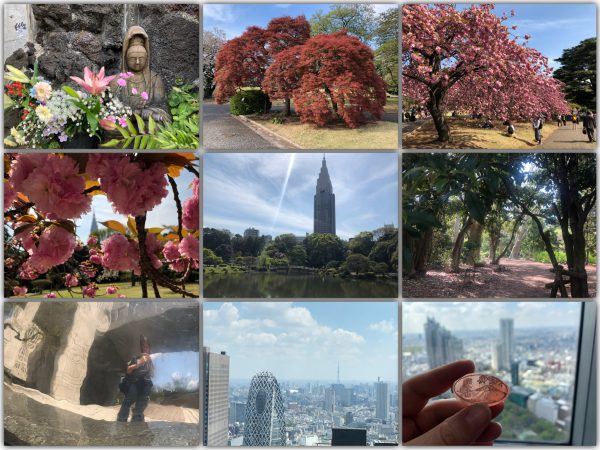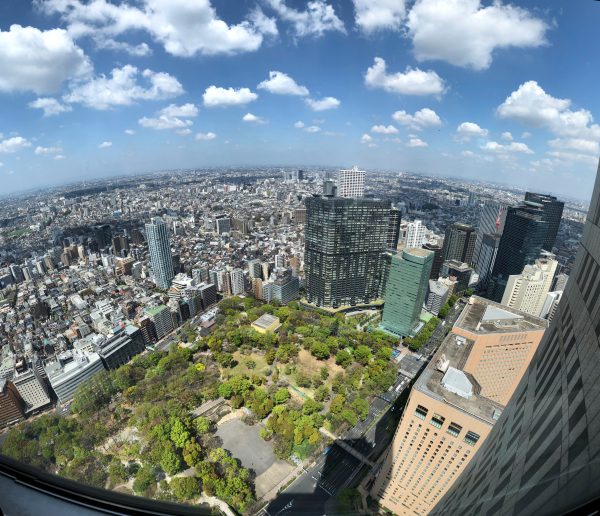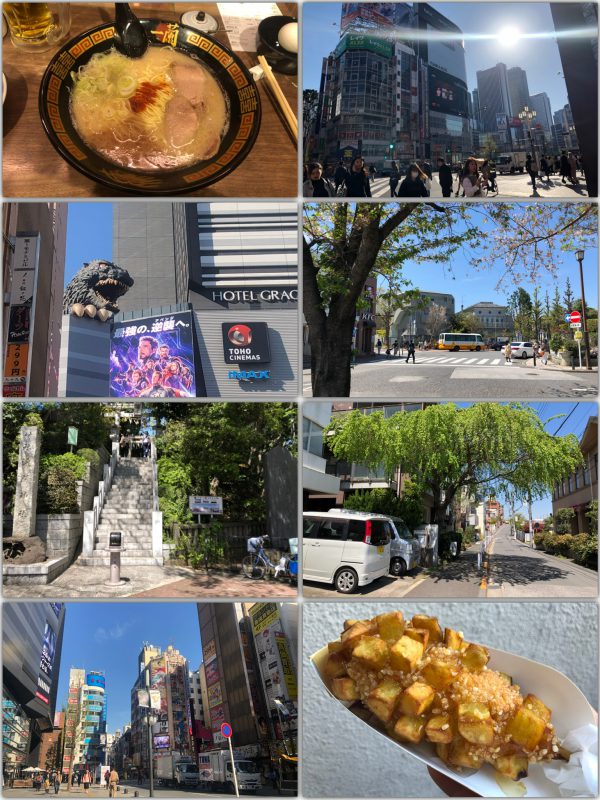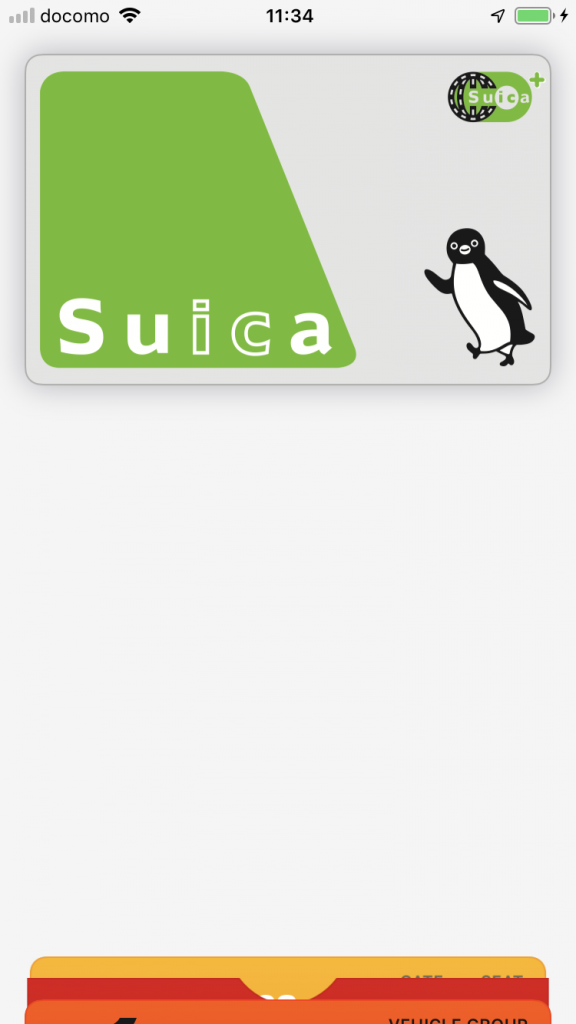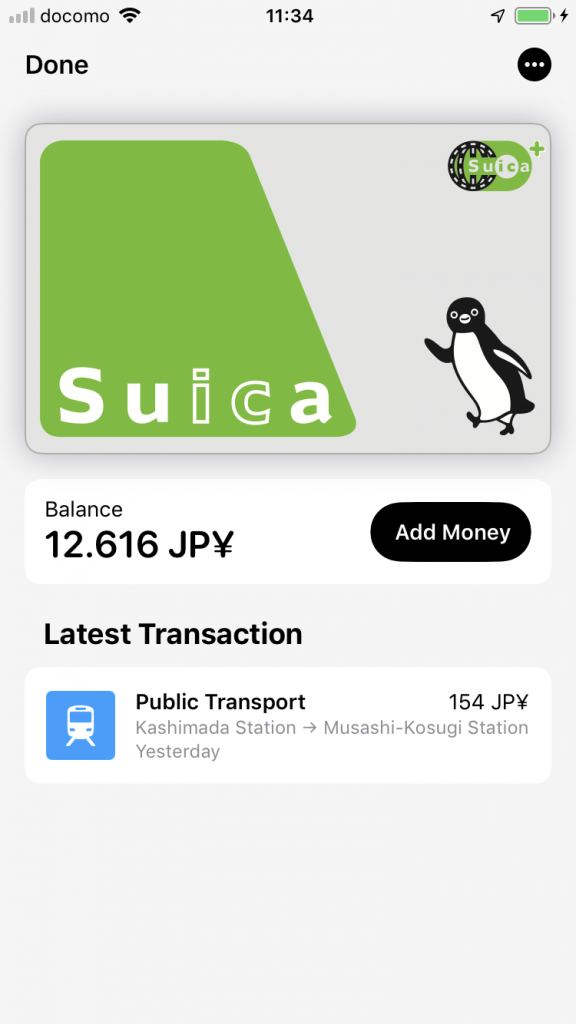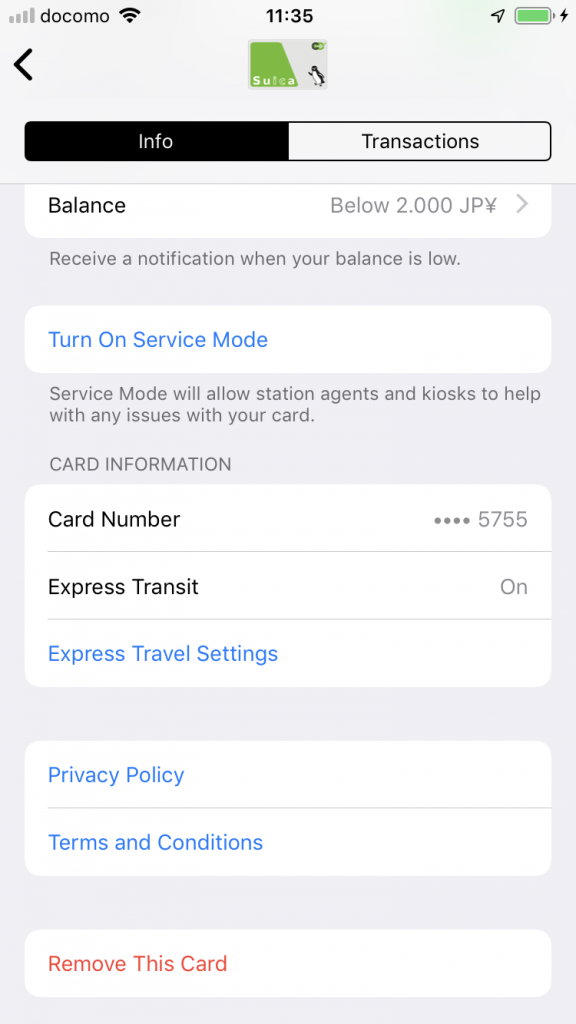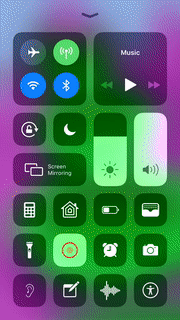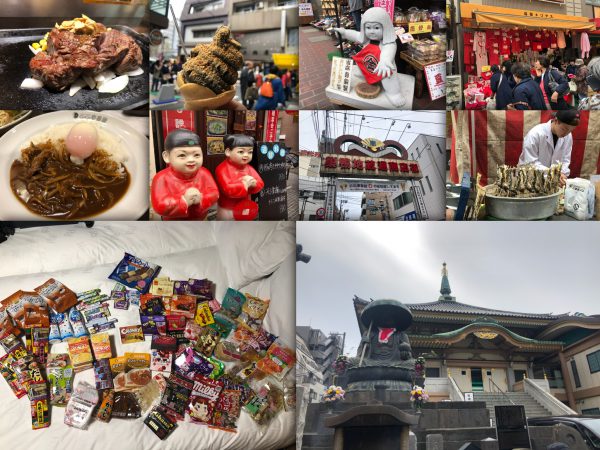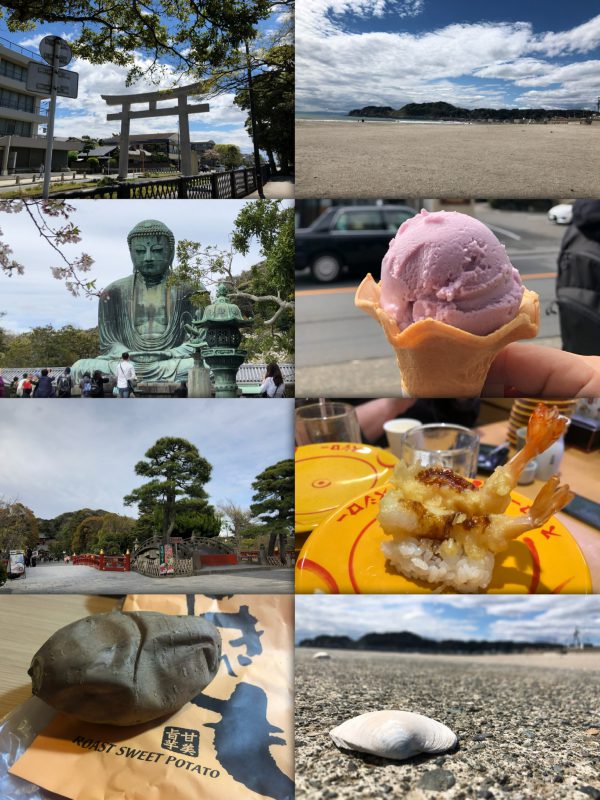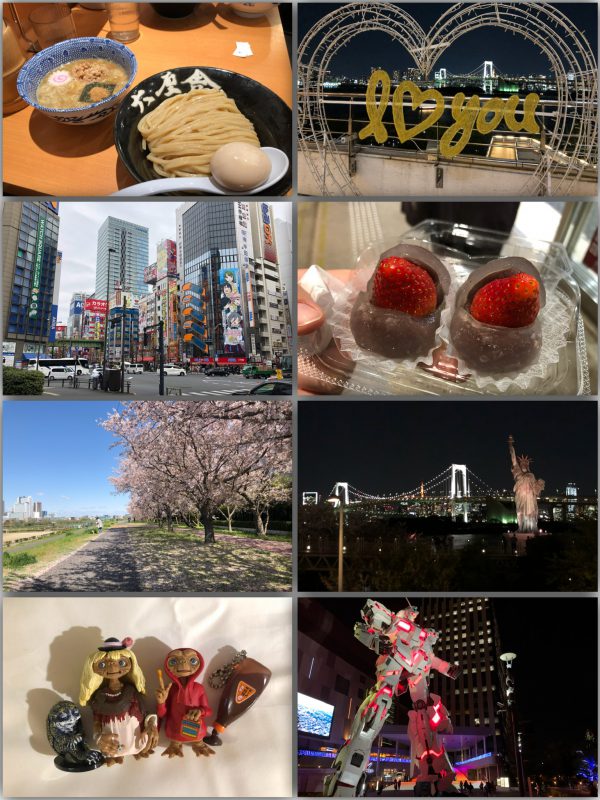While we were visiting Japan we usually stay quite close to Kawasaki. And with some hints we found that a replication of “Kowloon Walled City” had been put up as a video game arcade there.
Kowloon Walled City was a largely ungoverned, densely populated settlement in Kowloon City, Hong Kong. Originally a Chinese military fort, the Walled City became an enclave after the New Territories was leased to Britain by China in 1898. Its population increased dramatically following the Japanese occupation of Hong Kong during World War II. By 1990, the walled city contained 50,000 residents within its 2.6-hectare (6.4-acre) borders.
Wikipedia: Kowloon Walled City
A partial recreation of the Kowloon Walled City exists in the Anata No Warehouse, an amusement arcade that opened in 2009 in the Japanese suburb of Kawasaki, Kanagawa. The designer’s desire to accurately replicate the atmosphere of the Walled City is reflected in the arcade’s narrow corridors, electrical wires, pipes, postboxes, sign boards, neon lights, frayed posters, and various other small touches that
Wikipedia: Anata No Warehouse
I did not know a lot about the Kowloon Walled City before we found this arcade. And it’s – as you can imagine – a very colorful reproduction of the ambiance that you – according to documentations and reports from the time – would have experienced. Especially in the entrance area, the theming of the rooms and some game cabinets as well as for example the rest-rooms.
Of course there is a full blown quite nice but – as it is good custom – extremely noisy arcade in there as well. We’ve easily ‘lost’ 3 hours in there. Be aware that smoking is allowed in these places in Japan.
The first floor contained the UFO catcher machines and a good portion of vintage and modern arcade cabinets. I’ve had a go and Gradius and greatly enjoyed it. There’s a battery of Mech-Pods as well as racing and rythm games.
The second floor had lots of pachinko and other medal and slot machines. Even more noise than any arcade cabinets could do.
The third floor finally contains Dart and Snooker / Billard tables.
All in all it was one of the nicer arcades. Much nicer than others because there was a lot more room. It did not feel half als claustrophobic as an arcade usually feels in Japan.
